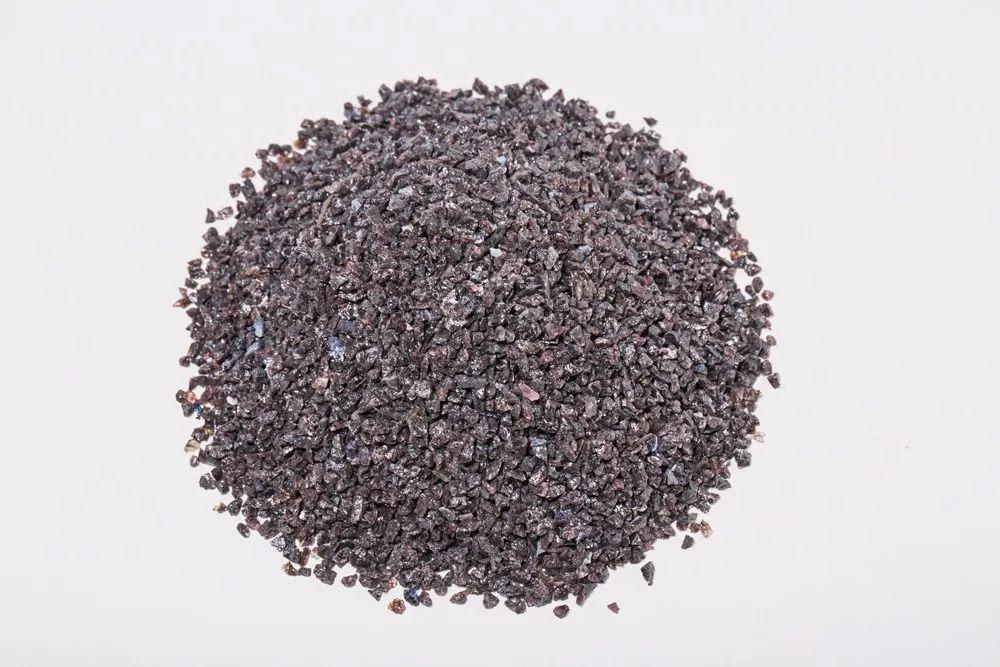After the edge: the manufacturing process of brown corindon discs
Meta Description: Know the detailed process for manufacturing brown corindon cutting discs, from the selection of raw materials to quality tests. Discover how these abrasive tools guarantee an efficient cut for metal, stone and concrete.
Introduction
Brown corindon cutting discs are essential abrasive tools for cutting metal, stone and concrete. Its hardness and wear resistance make them ideal for high intensity cutting tasks. The manufacturing process includes multiple steps, from the preparation of raw materials to the final quality inspection. Below is a complete description of the process.
Preparation of raw materials
Brown corindon grain: recognized for its hardness and durability, the brown corindon is the main abrasive. We recommend the Superrock brand, which offers customizable grains with F14 to F120 sizes according to the needs of the product.
Substrate: The substrate, made of fiber fabric, steel mesh or metal networks, reinforces the resistance and tenacity of the disc. Common substrates include fiber or steel reinforced materials.
Getting binder: resins (such as phenolic resin), metallic or ceramic binders fix the grain to the substrate, ensuring the integrity of the disk during use. Resin binders are the most used.
Additives: Chemical additives such as tightening, antioxidants or anti -crust agents can be included to improve performance.
Sieve and mixture of grains
School: The brown corindon grain is filtered to guarantee a uniform size, complying with the design specifications. Grains are too large or small to maintain cutting efficiency.
Mix: the grains, the binder and the additives are mixed in precise proportions, ensuring a uniform distribution to avoid an unequal cutting yield.
Coating and pressing
Coating: The mixture of grains and binder is applied to the surface of the substrate, usually fiber fabric or metal mesh, to reinforce the structure of the disc.
Press: the covered substrate and the mixture are placed in a mold and presses with a hydraulic press. Compact controlled pressure the materials, ensuring a uniform distribution of grain and adhesion without damaging the substrate.
Drying and curing
Drying: pressed discs are dried at low temperatures to eliminate moisture and surplus solvents, avoiding damage to the substrate or binder.
Curate: For discs with resin binders, drying is followed by the cure. The discs are heated to 150–180 ° C to harden the binder, guaranteeing durability and structural stability. The cure time varies according to the disk specifications and the type of binder.
Cooling and demolding
Cooling: Cured discs gradually cool at room temperature to avoid cracks due to thermal stress.
SMOKING: Cooling discs are removed from molds and inspected to detect cracks, defects or loose grains.
Cut and cut
Cutting: Irregular edges are smoothed with rectifying or cutting machines to guarantee aesthetic plain and quality.
Cut: the discs are cut according to the final specifications (for example, diameter, thickness) using precision methods such as laser cut or drilling to meet the dimensional requirements.
Quality inspection
Visual inspection: cracks, deformations or grain detachment are verified.
Hardness test: A durometer confirms the disk ability to perform cutting tasks.
Undage resistance test: laboratory tests evaluate the durability of the disk during use.
Balance test: specialized equipment ensures that the disc is balanced to avoid vibrations during operation.
Impact resistance test: Disc the ability to withstand high speed cuts is confirmed without fracturing.
Packaging and storage
Packaging: The approved discs are packaged according to customer requirements, using plastic bags, cartons or wooden boxes to protect them during transport.
Storage: discs are stored in dry and well ventilated places to avoid moisture or high temperatures, which can affect their quality. Discs with resin binders must protect themselves from direct sunlight or humid environments to maintain the stability of the binder.
Conclusion
The manufacture of brown corindon cutting disks includes the selection of raw materials, mixing, coating, pressed, curing, cutting and rigorous quality tests. Each stage is crucial, since any carelessness can affect the performance and life of the disk. A strict control of the process and thorough inspections guarantee that these discs offer efficiency, stability and safety in cutting applications.


 英语
英语 西班牙语
西班牙语 中文简体
中文简体
